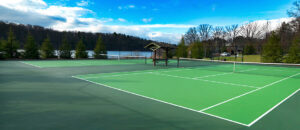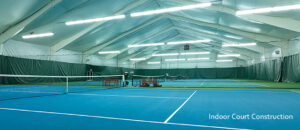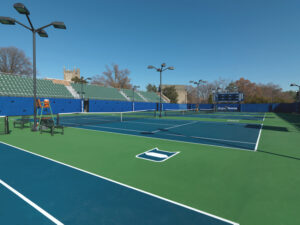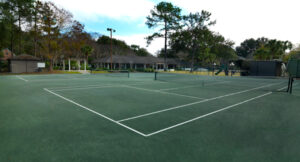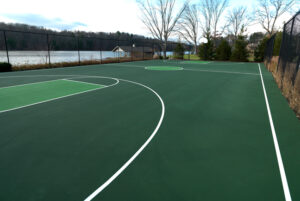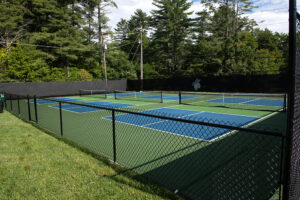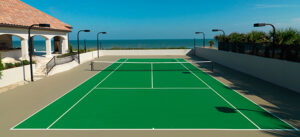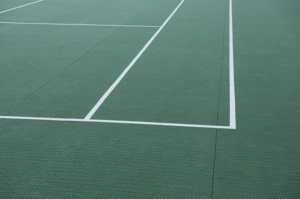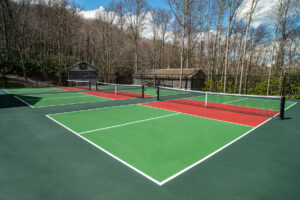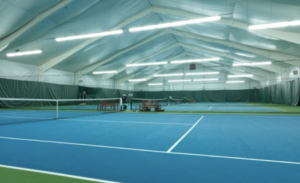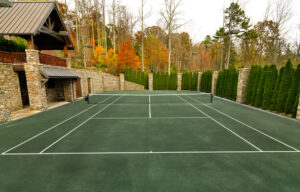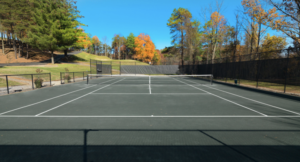Fencing Specifications
We also provide custom specifications for wood and fabric fencing.
General Information:
The baseline fence, as well as a minimum of 20′ extending from the baseline corner posts, should be a 10′ high fencing material. The posts should be placed a maximum of 10′ apart with a minimum of 2’6″ of post into the ground surrounded by a sufficient amount of concrete to secure the posts into the existing sub-base material. A minimum hole width of 8″ in diameter and 2.5′ in depth is recommended to properly secure the posts. 3,000 PSI concrete is recommended.
Posts:
Pipe: Should be “at least” 2 ½ inches in diameter for 10′ fencing and “at least” 2 inches in diameter for 3′- 6′ high fencing. Terminal posts (gate, corner and end posts) can be either 2 1/2″ or 3″ in diameter.
There are generally two acceptable types of fence pipe.
A. Schedule 40: This pipe has the most weight (3.65lbs p/ft.) and is the strongest, but it has very little flex and is subject to bending in high wind.
B. SS 40: This pipe has a weight of (3.117lbs. p/ft.) but is very resistant to bending due to its higher rate of flexibility.
Fabric:
Fabric: 1 3/4″ mesh
There are two types of fabric for tennis courts. Galvanized or vinyl.
A. Galvanized: This is metallic colored and a little heavier than vinyl. Normally 11 gauge.
B. Vinyl: Typically is 9 gauge wire with galvanization under the vinyl coating. Comes in three primary colors: Green, Black and Brown.
Mid and Top-Rail:
Top-rail: 1 5/8″ SS20 steel pipe. Tubing may be substituted if 9′ windscreen is not going to be used.
Mid-rail: 1 5/8″ SS20 steel pipe.
Gates:
All gates should be constructed using SS20 pipe and all hinges should be industrial weight.

